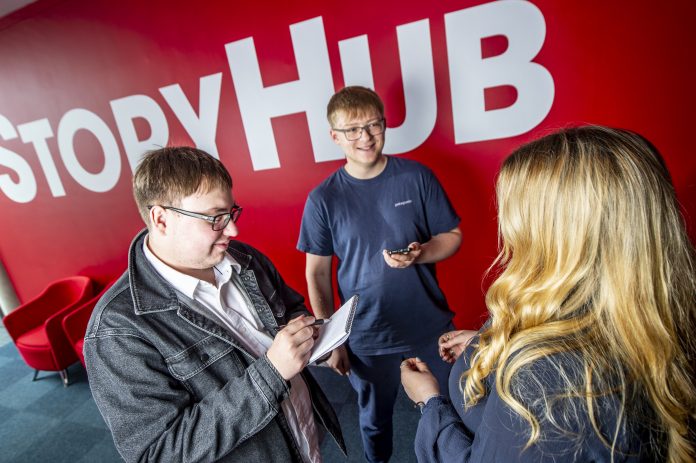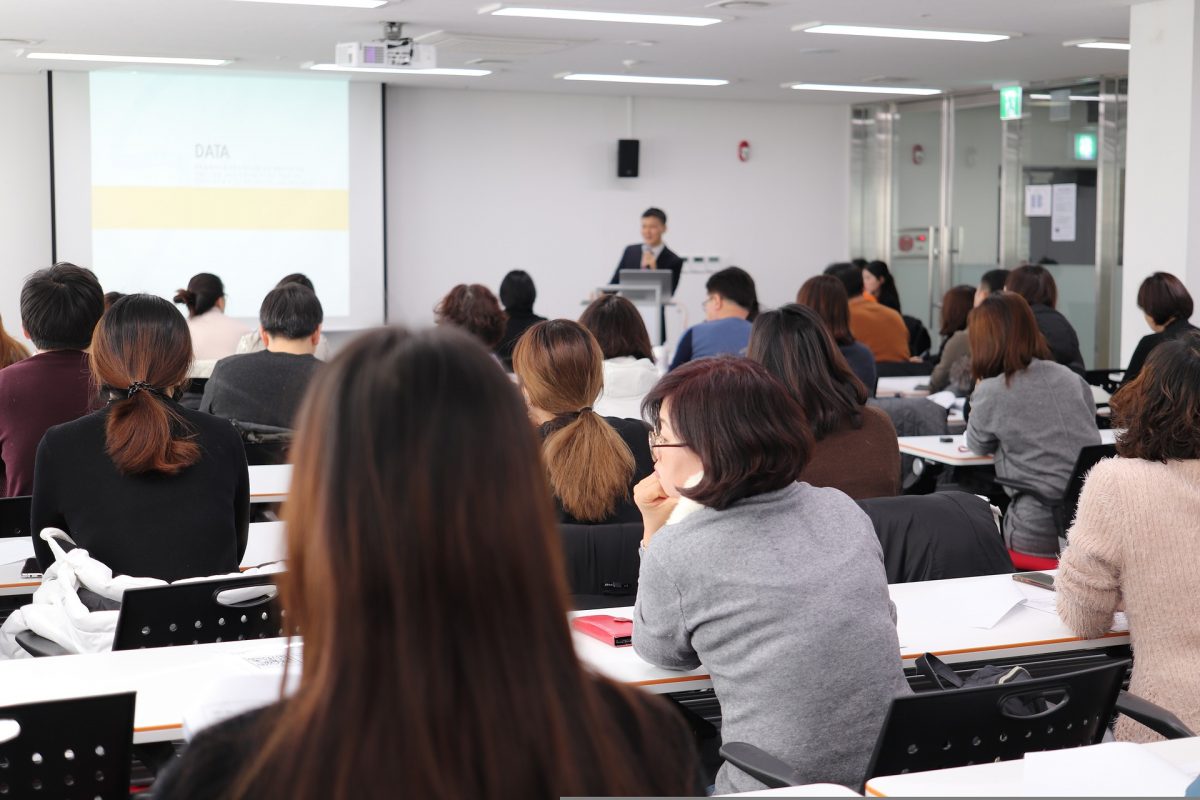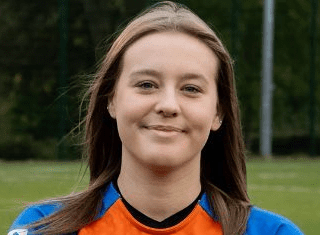
Starting uni can be daunting with lots of new people, routines and surroundings to get used to.
There’s also lots of information to take in during the first few weeks as you make the transition into life as a uni student – not to mention the new journalism skills you’re going to learn.
So, we’ve put together a glossary of key terms and acronyms that you will hear frequently during your time studying on the Journalism courses at the University of Derby. Let us know if there’s any we’ve missed.
-
Autumn/Spring Semesters:
These are 13-week teaching periods when your lectures will take place. The Autumn Semester runs from September to January and the Spring Semester runs from February to May. There are holidays for Christmas and Easter during these semesters. You can find out more by looking at the university’s Academic Calendar.
-
Modules:
These are the individual subjects you will study. In first year, you will study three modules in the Autumn Semester and three in the Spring Semester. The subjects you study will vary depending on your course.

-
Lectures:
The taught sessions held on campus with your lecturer. They are usually three hours long, including a break, for each module. You can find details of when and where your lectures are on your timetable.
During the lectures for Imagery and Multimedia Practice you will be completing lots of practical work, discussing and debating ideas about imagery and online journalism, completing tasks to help you develop your knowledge and exploring ideas for your assignment work.
-
Independent Study time:
As well as your lectures, you are required to complete work towards your modules in your own time. Have a go at this poll below to see if you can correctly guess how much time you should spend each week studying in your own time for each module.
Are you surprised by the result? Here are some of the things you can do during your independent study time for Imagery and Multimedia Practice:
- Consulting books, journal articles and professional literature (we will give you some recommended readings but it is advised that you complete more to further your knowledge and understanding);
- Completing tasks set by your lecturers;
- Taking photographs using techniques learned in class;
- Looking at examples of online content and how they use imagery;
- Having a go at creating online content and video slideshows;
- Working on your coursework;
- Practice, practice, practice!
Remember, the amount of independent study time will vary week-by-week depending on what work you need to complete. For example, it is likely you will need to complete more than nine hours a week when your assignments are due.
-
UDo:
This is the online student platform, which provides links to lots of valuable information and resources, including your timetable, your library account and Blackboard (Course Resources).
-
Blackboard (Course Resources):
This is an important resource which you will use to access information about each of your modules, including the lecture slides and recordings. Lecture slides will be available 24 hours before the lecture where possible. We will show you around Blackboard (Course Resources) later in the session.
-
Assessments:
These are the assignments you are set to assess whether you have learned from your studies during the module. There are two types of assessment – formative and summative.
A formative assessment gives your lecturer the opportunity to give you feedback to help you learn but does not count towards the grade for this module.
Summative assessments are the assignments you need to pass to successfully complete your module. Each module has different summative assignments but generally they include a piece of practical journalism and a piece of academic work (e.g., an essay).
-
CW 1/CW 2:
These are the acronyms for Coursework 1 and Coursework 2, which are often the names given to your summative assignments to distinguish them from each other.

-
Assessment briefs / rubrics:
You can find these in Blackboard (Course Resources) and will be referred to by your tutors throughout your lectures. They contain details about what you need to do for your assessments as well as a marking rubric (a guide) which shows you how we will mark your work.
-
Turnitin:
The online submission point where you will submit your assessment work.
-
Panopto:
The software we use to record our live lectures in the classroom. It means you can watch them back anytime, anywhere to help further your understanding and refresh your memory to aid your assessment work.
We also use Panopto in Imagery and Multimedia Practice to record instructional videos demonstrating how to use various
-
Learning Outcomes:
Details of what you should be able to demonstrate in your assessment work by the end of a module. You can find these in the Module Handbook and the Module Specification.
-
Module Handbook:
Available in Blackboard (Course Resources), this gives details about what the module is about, what you will learn, brief details of the assessments and a teaching schedule.
-
Module Specification:
The official document approved by the university outlining the basic information about what you will learn during the module. Again, this is available in Blackboard (Course Resources).







